It's called a "walking boot"....
Doctor (puzzled/frustrated): “What do you mean you have been walking multiple miles on it ?!?!”
Me (equally as puzzled): “Well…..you gave me a ‘walking’ boot….so I am going for walks.”
Doctor: “(long pause)....you have to stop…..”
You can imagine how the rest of that conversation went. Needless to say, neither of us went home pleased with the other person.
Over the course of the past year and a half I have experienced a fractured left fibula, a third degree contusion in my right quadricep (note: this might have been more painful than the aforementioned fracture….better than a broken femur though), a pinched nerve in my right hand, and a partially torn tendon connecting my shoulder to my bicep. But, throughout it all I only missed three(ish) weeks of training.
I want to make it clear that I don’t discount, nor am I ungrateful for, the great advice and care my doctors gave me. They dedicate their lives to helping patients like me heal and recover with as much success as possible. For that I am forever grateful. However, athletes aren’t like most patients. Athletes depend on a regular system of physical movement that (when done correctly) promotes positive physiological and psychological development. Thus, in the immediate aftermath of a significant injury it only made sense that one of the first people I should contact was Tonia.
As a group, outdoor athletes tend to have a particular penchant for prolonged, and often solitary, suffering. Miles on trails, hours in the skin track, bobbing along ocean swells, hanging at a belay station; solitude is part and parcel if one wants to experience success (however you choose to measure that). However, it would be a lie to say we don’t need help. When traveling in avalanche terrain I move through the landscape with a small, but talented and trusted crew of skiers. These people push me when I need it, or conversely, dial me back when my ambition exceeds objective environmental hazards and risks. Similarly, Tonia has been there helping me navigate the inevitable training fluctuations and needs as I cycle through different parts of my season, face hard truths like injuries, and other unforeseen realities of life. Throughout it all though, I am held accountable to the program and the goals I have set.
As leaves change, temperatures drop, and the west begins to experience their first rounds of winter weather, I find myself daydreaming about skiing more and more. Specific lines creep into my mind as I work through SBGUs, extended StepUp sessions, or box jumps; the connection between time in the gym and my goals for the season are becoming increasingly obvious. Additionally, it has become equally clear that time and effort spent training around injuries only helped me heal faster, and come back stronger. As I write this I am reminded of a mantra I saw in the gym last week….
Crawling is acceptable.
Falling is acceptable.
Puking is acceptable.
Crying is acceptable.
Pain is acceptable.
Blood is acceptable.
Quitting is not.
I think this is a healthy and diverse way of looking at training. Whether you are in peak condition, enjoying the necessity of rest after a long season, or working through injuries, there is always something that can be done to help us become better athletes and people.



